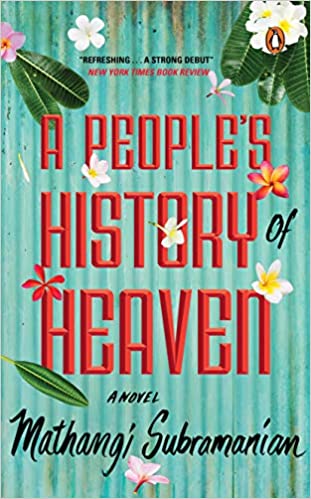‘You can’t understand other people’s stories if you don’t understand your own.’
When I began reading this novel, I realized the novel gave access to its readers into the lives of those living in the slums of Bangalore. Two books that I had read years before, came to my mind: Shantaram, a 2003 novel by Gregory David Roberts that depicted the slums of Bombay and City of Joy, a 1985 novel by Dominique Lapierre that described the slums of Calcutta. But in both the cases, it looked inside the slums from an outsider’s point of view. There was a constant exchange between those who arrived from the outside and settled down in these areas with those who were already living there. It required an entity from the outside world to draw the readers’ attention to this part of the world. A People’s History of Heaven does nothing of this kind. It invites its readers to meet the residents of a thirty year old slum, who are all strong women and what makes this novel highly interesting is the detailed approach to each character without breaking the flow of the narrative. The stories that every individual brings with her are a force to be reckoned with. These women and girls are not your weak, subdued, or oppressed characters but strong willed and determined to stay afloat in the face of any circumstances. ‘Early on, we girls learn that life owes us nothing, that womanhood is a spectrum of nuisances, heartbreaks, and tragedies.’

